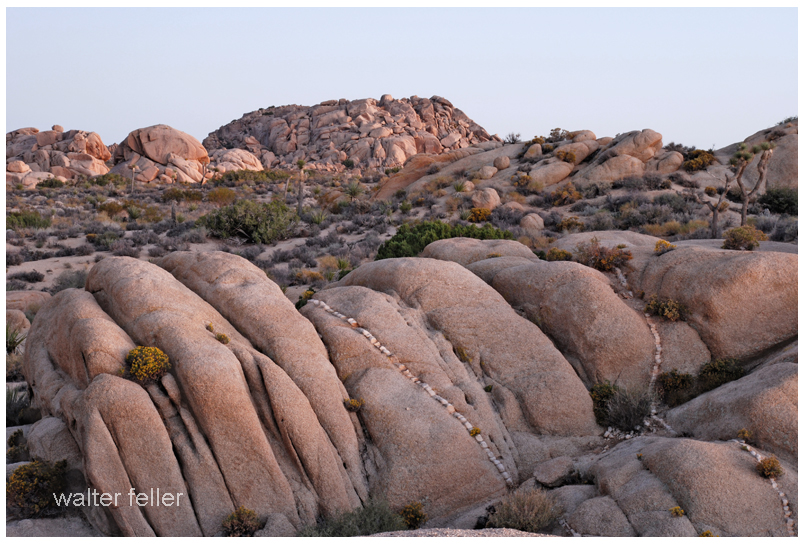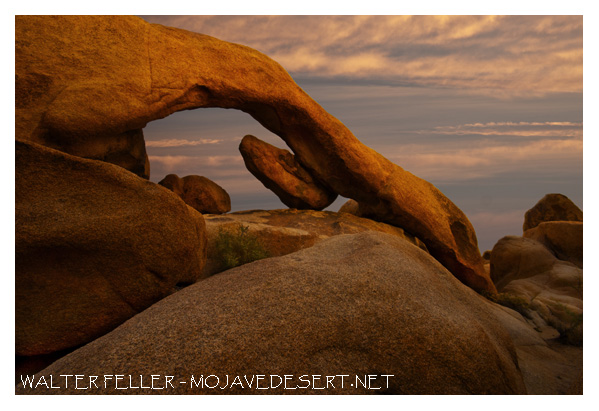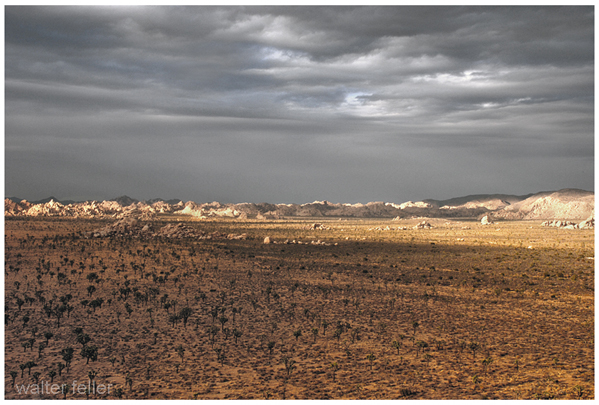Joshua Tree National Park, located in southeastern California, is known for its unique and stunning geological features. The park’s geology results from a complex history of tectonic activity and erosion. Here are some key aspects of the geology of Joshua Tree National Park:
Rocks and Formations:
The park is primarily composed of two major types of rocks: granites and monzogranites, which are igneous rocks, and Pinto gneiss, which is a metamorphic rock. These rocks provide the foundation for many of the park’s iconic landscapes.
Faults and Tectonic Activity:
The park is situated at the intersection of the San Andreas Fault and the Pinto Mountain Fault. These fault systems have played a significant role in shaping the landscape over millions of years. The motion along these faults has created uplifts, valleys, and rock fractures.
Uplift and Erosion:
The park’s rugged terrain is the result of the gradual uplift of the rock formations, followed by extensive erosion. Over millions of years, water, wind, and temperature fluctuations have sculpted the rocks into unique shapes and formations throughout the park.
Rock Piles and Boulders:

One of the most recognizable features of Joshua Tree National Park is the abundance of massive boulders and rock piles. These rocks have been exposed through erosion and have unique shapes and textures, making them a popular destination for rock climbers and hikers.

Arch Rock:
Arch Rock is a famous natural arch formation in the park, which erosional forces have created. It’s a popular spot for visitors and photographers.

Wonderland of Rocks:
The Wonderland of Rocks is an area within the park characterized by a maze of large rock formations. It’s a fantastic place for rock climbing and hiking, with numerous granite formations that the elements have sculpted.
Desert Landscape:
In addition to its distinctive rock formations, Joshua Tree National Park features a diverse desert landscape with unique flora, including the Joshua tree (Yucca brevifolia), which gave the park its name. The park is also home to various cacti, shrubs, and wildlife.
Indian Cove:
Indian Cove is another popular area in the park known for its large boulders and rock formations. It’s a favorite spot for rock climbers and offers a unique camping experience.
Visitors to Joshua Tree National Park can explore its geology through hiking, rock climbing, and scenic drives. The park’s fascinating geological features and stunning desert landscapes make it a must-visit destination for nature enthusiasts and geology enthusiasts alike.